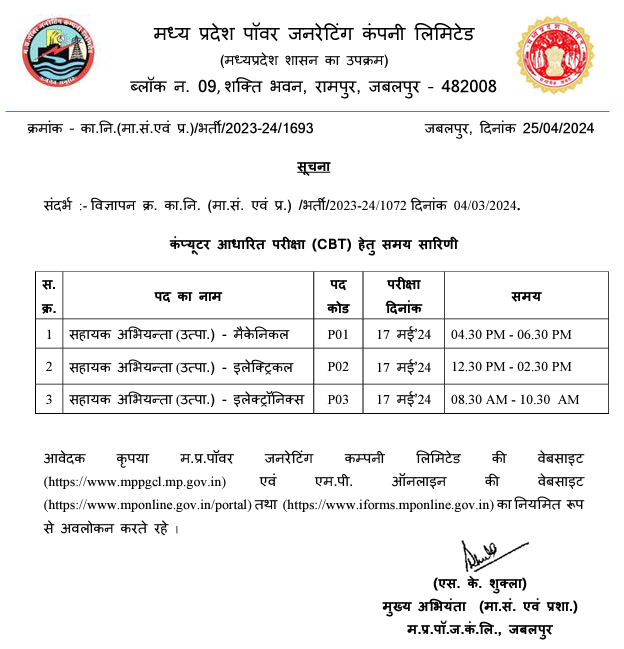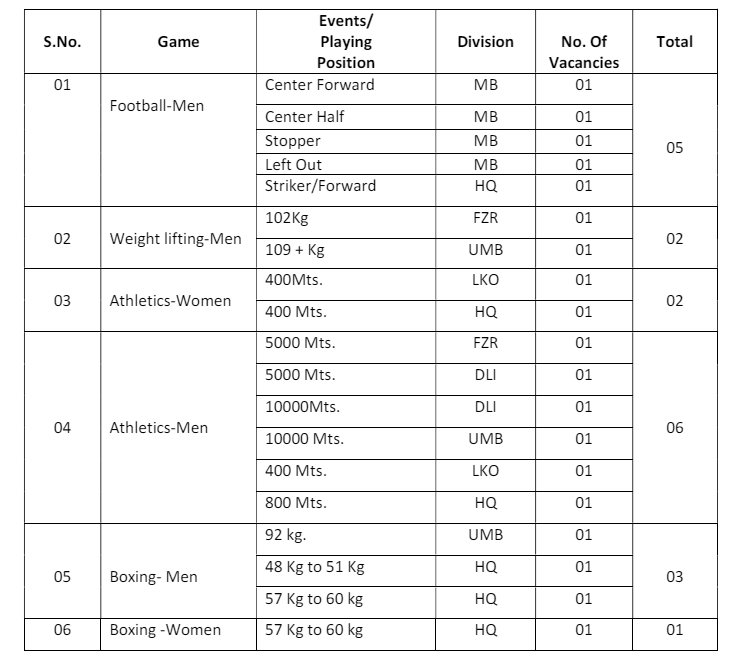General Science-Important Questions PART 5

Category –EE Online Test
Telegram-Join Us On Telegram
Attempt Free General Science-Important Questions PART 5 Here. Read The Important Electrical MCQ From Below.
(A) Lead
(B) Tin
(C) Zinc
(D) Mercury
(Ans : D)2. Which of the following is not an ore of Aluminium?
(A) Felsper
(B) Bauxite
(C) Cryolite
(D) Azurite
(Ans : D)
General Science-Important Questions PART 5
3. Most soluble in water is–
(A) Camphor
(B) Sugar
(C) Sulphur
(D) Common Salt
(Ans : B)
4. Which of the following is used as lubricant ?
(A) Graphite
(B) Silica
(C) Diamond
(D) Iron Oxide
(Ans : A)
5. The purest form of iron is–
(A) Steel
(B) Pig iron
(C) Cast iron
(D) Wrought iron
(Ans : D)
6. The percentage of carbon is the least in–
(A) Grey cast iron
(B) Wrought iron
(C) White cast iron
(D) Steel
(Ans : D)
7. An element that does not occur in nature but can be produced artificially is —
(A) Thorium
(B) Radium
(C) Plutonium
(D) Uranium
(Ans : C)
General Science-Important Questions PART 5
8. The inert gas which is substituted for nitrogen in the air, used by deep sea drivers for breathing is–
(A) Helium
(B) Argon
(C) Krypton
(D) Xenon
(Ans : A)
9. The group of metals Fe, Co, Ni may be best called as–
(A) Alkali metals
(B) Rare metals
(C) Main group metals
(D) Transition metals
(Ans : D)
10. Who suggested that the most of the mass of atom is located in nucleus ?
(A) Bohr
(B) Thomson
(C) Rutherford
(D) Avogadro
(Ans : C)
General Science-Important Questions PART 5
11. Meson particles are found in–
(A) R-rays
(B) X-rays
(C) Laser beam
(D) Cosmic rays
(Ans : D)
12. An atom of an element with mass number 23 and atomic number 11 will have–
(A) 11 neutrons, 12 protons and 11 electrons
(B) 11 protons, 12 neutrons and 11 electrons
(C) 11 protons, 12 electrons and 11 neutrons
(D) 23 protons and 11 electrons
(Ans : B)
13. Which of the following is a protein ?
(A) Wool
(B) Starch
(C) Natural rubber
(D) Cellulose
(Ans : C)
14. Soap is a mixture of sodium or potassium salts of—
(A) Monocarboxylic acid
(B) Glycerols
(C) Dicarboxylic acid
(D) Tricarboxylic acid
(Ans : A)
15. Which of the following material is used to prepare blue-black ink ?
(A) Gallic acid
(B) Tannic acid
(C) Ferrous sulphate
(D) All of these
(Ans : D)
General Science-Important Questions PART 5
16. Water gas is prepared by passing–
(A) Steam over white hot coke
(B) Air over red hot coke
(C) Methane over red hot coke
(D) Steam over heated sulphur
(Ans : A)
17. Which of the following metals react with nitrogen to form nitride ?
(A) Sodium
(B) Potassium
(C) Magnesium
(D) None of these
(Ans : C)
18. One micron is equal to–
(A) 1/10th of mm
(B) 1/100th of mm
(C) 1/1000th of mm
(D) 1/10000th of mm
(Ans : C)
19. Equal volumes of different gases at any definite temperature and pressure have–
(A) Equal weights
(B) equal masses
(C) equal density
(D) equal no. of molecules
(Ans : D)
General Science-Important Questions PART 5
20. Milk is an example of–
(A) suspension
(B) true solution
(C) emulsion
(D) gel
(Ans : C)
21. Which of the following modes of expressing concentration is independent of temperature–
(A) Molarity
(B) Molality
(C) Normality
(D) Formality
(Ans : B)
22. Which of the following substances undergoes chemical change on heating ?
(A) Sodium chloride
(B) Silica
(C) Lead nitrate
(D) Platinum wire
(Ans : C)
General Science-Important Questions PART 5
23. Vulcanisation is a–
(A) Science of studying volcanoes
(B) method of degrade polymers
(C) Process connected with the making of voltaic cells
(D) Process of hardening of rubber by heating it with sulphur.
(Ans : D)
24. Water gas is prepared by passing–
(A) steam over white-hot coke
(B) air over red-hot coke
(C) methane over red-hot coke
(D) steam over heated sulphur
(Ans : A)
25. The hormone which stimulates milk production in mammal is known as–
(A) Glucagon
(B) prolactin
(C) progesterone
(D) oestrogen
(Ans : B)
1. Bromine is–
(A) colourless gas insoluble in water
(B) A highly inflammable gas
(C) A Black solid.
(D) A red liquid.
(Ans : D)
General Science-Important Questions PART 5
2. The metal used in storage batteries–
(A) Iron
(B) Copper
(C) Lead
(D) Zinc
(Ans : C)
3. Water has maximum density at–
(A) -4°C
(B) 0°C
(C) 4°C
(D) 100°C
(Ans : C)
4. The colour of Emerald is–
(A) Violet
(B) Yellow
(C) Deep Green
(D) Prussian Blue
(Ans : C)
General Science-Important Questions PART 5
5. Permanent hardness of water, due to sulphates of the metal, can be destroyed by the use of–
(A) Nitrates
(B) Zeolites
(C) Sulphonates
(D) None of these
(Ans : B)
6. Rust is–
(A) A mixture of Fe2O3 and Fe(OH)2
(B) A mixture of FeO and Fe(OH)2
(C) FeO only
(D) A mixture of Fe2O3, 3H2O and FeO
(Ans : D)
7. Which of the following characters is not shown by hydrogen–
(A) It burns in air to form water
(B) It supports combustion
(C) It combines with almost all metals forming hydrides
(D) It readily combines with fluorine and chlorine
(Ans : B)
General Science-Important Questions PART 5
8. Which of the following elements is obtained from sea weeds ?
(A) Argon
(B) Sulphur
(C) Vanadium
(D) Iodine
(Ans : D)
9. The metallic constituents of hard water are–
(A) Magnesium, Calcium and tin
(B) Iron, tin and calcium
(C) Calcium, magnesium and iron
(D) Magnesium, tin and iron
(Ans : C)
10. The location and energy of an electron in an atom can be specified by–
(A) Atomic mass
(B) Atomic number
(C) Quantum numbers
(D) None of these
(Ans : C)
11. Old-written material, which cannot be read easily can be read by–
(A) Cosmic Rays
(B) Ultraviolet rays
(C) Infra Red rays
(D) None of these
(Ans : C)
12. In an atomic nucleus, neutrons and protons are held together by–
(A) Gravitational forces
(B) Magnetic forces
(C) Exchange forces
(D) Coulombic forces
(Ans : C)
General Science-Important Questions PART 5
13. The type of glass used in making prisms and lenses is–
(A) Soft glass
(B) Pyrex glass
(C) Jena glass
(D) Flint glass
(Ans : D)
14. Carbon tetrachloride fire extinguisher should not be used in closed room because it produces poisonous glass called–
(A) Carbon Monoxide
(B) Phosphine
(C) Phosgene
(D) None of these
(Ans : D)
15. Which of the following is commonly called a polyamide ?
(A) Rayon
(B) Orion
(C) Terylene
(D) Nylon
(Ans : D)
16. Hydrometer is an instrument–
(A) For measuring sound in water
(B) To detect the presence of hydrogen in the atmosphere
(C) For measuring the specific gravity of liquids
(D) To detect the changes in atmospheric humidity
(Ans : C)
General Science-Important Questions PART 5
17. Which thermometer is used to indicate the lowest temperature ?
(A) Clinical thermometer
(B) Gas thermometer
(C) Alcohol thermometer
(D) Resistance thermometer
(Ans : C)
18. A chronometer measures–
(A) Sound waves
(B) Time
(C) Water waves
(D) Colour contrast
(Ans : B)
19. If temperature is kept constant during the reaction the process is called–
(A) Adiabatic
(B) Isobaric
(C) Isochoric
(D) Isothermal
(Ans : D)
General Science-Important Questions PART 5
20. Cholera is caused by–
(A) vibrio cholerae
(B) salmonella
(C) bacterioceoccurs
(D) None of these(Ans : A)
21. Why do colloidal substance do not deposited below ?
(A) Specific gravity is less
(B) It is of very less amount in respect of solvent
(C) They carry electrical charges
(D) They are converted to sovent
(Ans : A)
22. Which of the following gases is obtained by the reaction of water with
calcium carbide–
(A) Acetylene
(B) Ethylene
(C) Methane
(D) Water gas
(Ans : A)
General Science-Important Questions PART 5
23. Cooking oil can be converted into vegetable ghee by the process of–
(A) oxidation
(B) hydrogenation
(C) distillation
(D) crystalisation
(Ans : B)
24. The contact process is involved in the manufacture of–
(A) nitric acid
(B) Sulphuric acid
(C) Ammonia
(D) Caustic soda
(Ans : B)
25. Antidiuretic hormone (ADH)–
(A) inhibits the secretion of growth hormone by the pituitary
(B) inhibits the rate of heart beat
(C) causes the muscular walls of the arterioles to contract that simulates the reabsorption of water from the kidney tubules.
(D) causes an increase in the blood pressure
(Ans : C)
General Science-Important Questions PART 5














